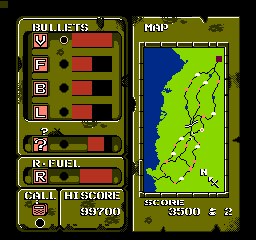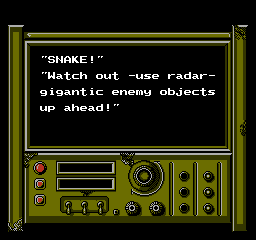This is this site's 5th birthday special, so before we get stuck in, let's get personal for just a second.
How did I find out about Iron Tank when the NES wasn't as big in Europe, and this game's still hard to find over here?
The secret lies in a book I bought second-hand from the local library.

This is Jeff Rovin's How to Win at Nintendo Games 2.
























